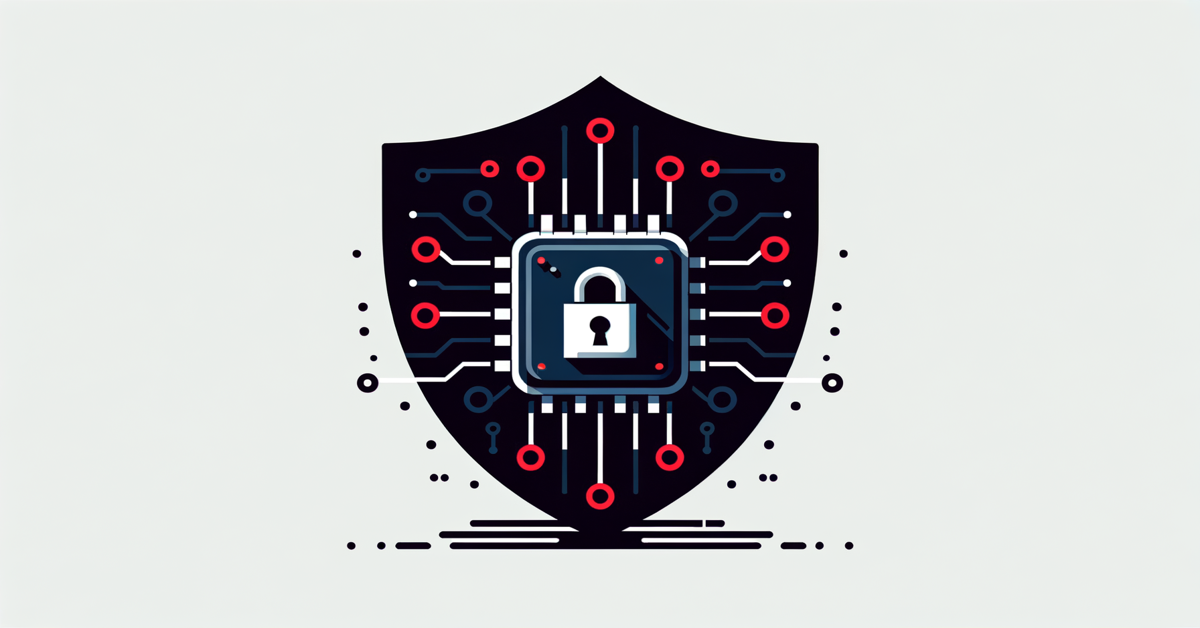Leveraging TPM-based Device Attestation Within a Zero Trust Model
In the modern digital ecosystem, ensuring device integrity and security is paramount. It becomes even more critical when we evolve from traditional perimeter-based security to a Zero Trust security model.









